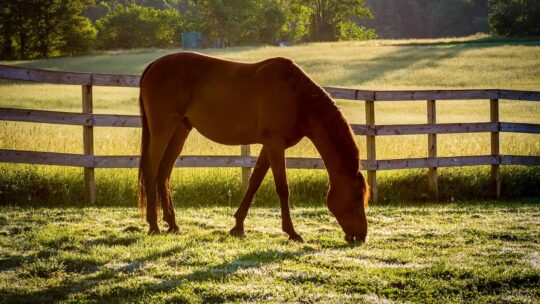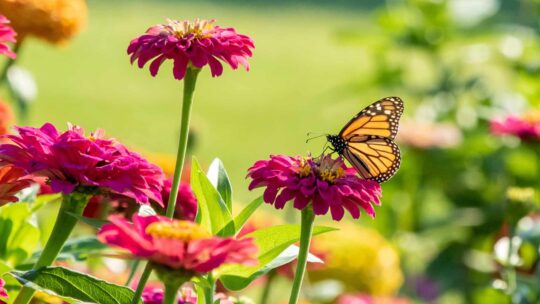
The repetitive drumming of woodpeckers is one of pro angler and environmental scientist Grae Buck’s favorite backyard sounds. Although nearly 20 species are native to North America, their habitats vary. While some prefer more rural habitats, others—including smaller Downy and Hairy Woodpeckers, and larger Red-bellied, Red-headed and Pileated Woodpeckers—frequent the less-wooded suburbs. In this Backyard Life article, Buck explains how to attract woodpeckers to your backyard, and ensure their repeat visits.
Food and Nesting Considerations
Woodpeckers consume a diverse diet of insects, berries, nuts and sap. So, the simplest, most natural way to attract woodpeckers to your property is to provide them with one of these food sources. That can be accomplished with feeders, as well as naturally occurring food sources like dead and decaying trees (also called “snags”). Buck says they provide a prime insect habitat, along with potential nest sites and shelter for woodpeckers. While many folks commonly remove dead trees and limbs in their yards, allow them to stand or lay where they will increase woodpeckers’ to frequent these trees. (Only do this, of course, if it’s safe. If left to its own devices, a dead or leaning tree is a roof repair waiting to happen.)
Although woodpeckers prefer to nest in—as well as communicate using—natural cavities like tree holes, they may utilize nest boxes providing they’re constructed to these commonly-recommended specifications.
If you opt to use feeders, perch or suet models are proven winners. Suet cakes in wire cages provide woodpeckers with a nutritious meal, and allow them to feed in an upright position they prefer. Should you end up going with a seed feeder, Buck recommends filling them with sunflower seeds, nuts, grapes, raisins, cracked corn or mealworms.
Landscaping Considerations
Buck also suggests installing woodpecker-friendly landscaping—namely native trees and plants that produce nuts, acorns, fruits or sap. Minimizing pesticide and herbicide usage will help promote woodpeckers’ favored food source: insects. Woodpeckers will also gravitate towards a water source to both drink and bathe from. While timid and reclusive, woodpeckers will utilize birdbaths if they’re placed in secluded areas, as well as filled with water that’s no deeper than two inches and changing frequently to prevent mosquitoes from breeding.
By following Buck’s advice, you’ll be attracting these non-migratory birds to take up year-round residence in your backyard. (And enjoying their magnificent drumming symphonies!)



